Arthur C. Parker, author of the first article, discussed the Third National Conference of Indians, which took place in Denver, Colorado on October 14, 1913. At this vent, political, religious, philosophic, and agricultural issues were discussed. Next, Dana H. Kelsey wrote about the current conditions and needs of the Five Civilized Tribes of…
1910-1919
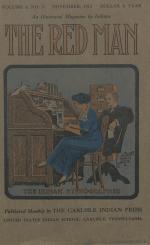
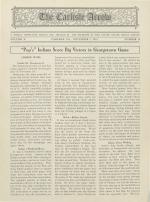
A description of this document is not currently available.
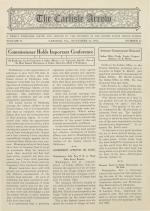
A description of this document is not currently available.
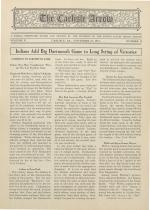
A description of this document is not currently available.
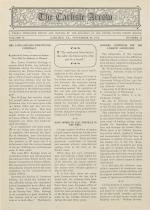
A description of this document is not currently available.
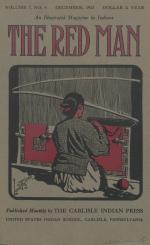
The issue began with an article, written by Joseph F. Anderson, about his study of the Navajo and their way of life. The next article, pulled from the New York Herald, discussed government attempts to work with Indians to reduce the cost of beef and fight the beef trust. In a piece pulled from the United Press News the commissioner’s attempts…
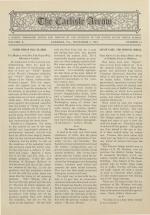
A description of this document is not currently available.
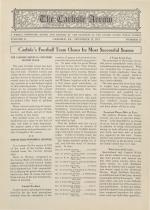
A description of this document is not currently available.
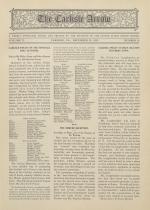
A description of this document is not currently available.
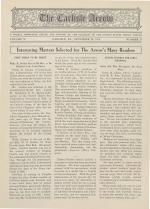
A description of this document is not currently available.
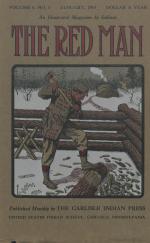
The opening article, written by George P. Donehoo discussed the famine that many Indians have faced in the past, and still continue to face. Next, Edna Dean Proctor wrote a poem entitled “Welcome to the Red Man.” Superintendent Moses Frieman, author of the next article, argued against the creation of universities only for Indians, and instead…
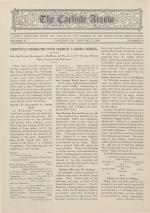
A description of this document is not currently available.
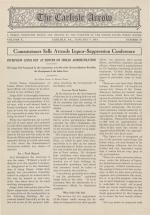
A description of this document is not currently available.
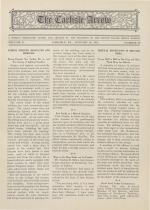
A description of this document is not currently available.
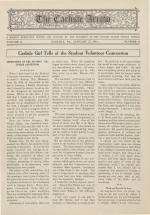
A description of this document is not currently available.
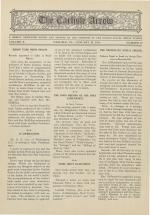
A description of this document is not currently available.
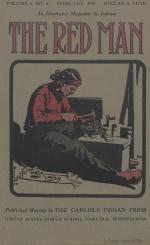
H. B. Peairs, author of the opening article, discussed the present and future of Indian education. Next, in an article pulled from Everybody’s, author Hasting McAdam wrote about the herding techniques of Indians. In the following article, Frederic Snyder argued his belief that Indians need to modernize themselves in order to succeed. Next, Edna…
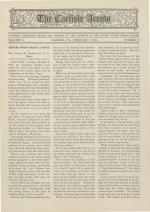
A description of this document is not currently available.
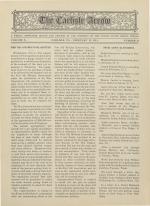
A description of this document is not currently available.
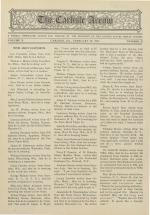
A description of this document is not currently available.
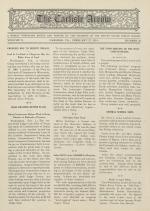
A description of this document is not currently available.
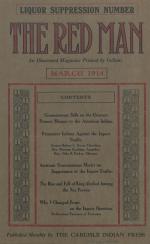
The first article, written by Cato Sells, the Commissioner of Indian Affairs argued that the greatest danger to Indians is alcohol. Tied to this, Senator Robert L. Owen wrote about the suppression of liquor traffic. Next, Sharman Coolidge covered the efforts to uplift the Indian’s through enforcement of liquor regulations. E. B Merrit,…

A description of this document is not currently available.
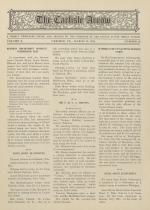
A description of this document is not currently available.
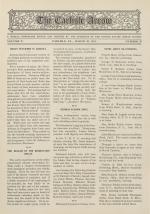
A description of this document is not currently available.
